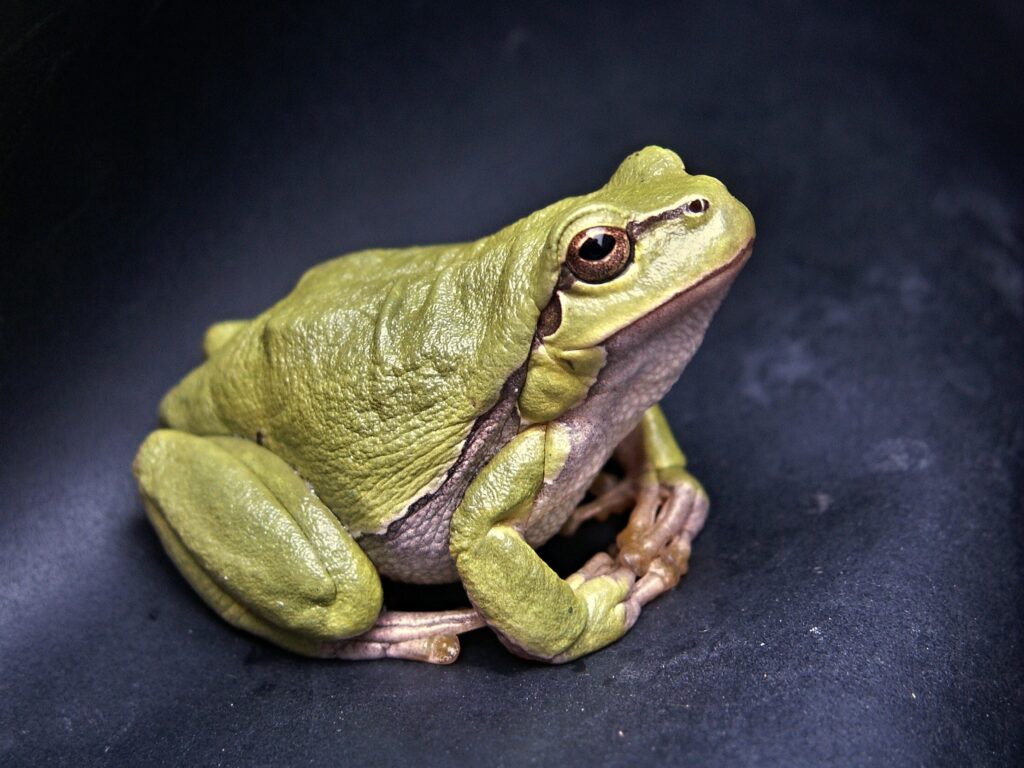Summary/Review of: Singh 1983 – Effects of kava on neuromuscular transmission and muscle contractility

Citation:
Singh, Y. N. 1983. “Effects of Kava on Neuromuscular Transmission and Muscle Contractility.” Journal of Ethnopharmacology 7 (3): 267–76. https://doi.org/10.1016/0378-8741(83)90002-8.
Quick Excerpt:
“Kava causes muscle relaxation by a direct action on muscle contractility rather than by an inhibition of neuromuscular transmission.”
Full Summary:
The document authored by Y. N. Singh in 1983 provides an exhaustive and meticulous analysis of kava, specifically honing in on its pharmacological properties and its pronounced effects on muscle contractility and neuromuscular transmission. Originating from the Piper methysticum plant, activities of this botanical have intrigued scientists and researchers for years, sparking numerous studies to understand its complex physiological effects.
The paper delves deep into the historical background of kava, shedding light on its narcotic properties and its unique ability to induce numbness in the tongue and the inner lining of the mouth. The active ingredients responsible for these effects are identified as a series of approximately 12 α-pyrones, (kavalactones) which have been the subject of extensive research.
The document provides a detailed account of the preparation of kava extract. Dried lower portions of Piper methysticum are ground into a fine powder and then suspended in a specific solution. This prepared extract is then employed in a variety of scientific experiments, including twitch tension experiments and electrophysiological techniques, to explore the physiological effects of it in a controlled setting.
One of the most groundbreaking findings of the document is that kava has a direct and significant impact on muscle contractility. Unlike other substances that inhibit neuromuscular transmission, this botanical extract uniquely works by directly affecting muscle relaxation. This is a pivotal discovery that sets kavalactone apart from other substances with similar physiological effects. The document also delves into the concentration-dependent effects, indicating that higher concentrations of the substance lead to a more pronounced decrease in this type of tension. This was empirically observed in both indirectly and directly stimulated muscle preparations, providing a comprehensive view of its’ multifaceted impact on muscle physiology, or at least in frogs at this juncture.
The electrophysiological findings in the document are equally compelling. Constituents were found to affect the rate of rise and the falling phase of the action potential in frog muscles. These nuanced effects suggest that kava has a specific action on ion channels, which is consistent with its local anesthetic properties. Previous studies have even compared the local anesthetic effects of kavalactones to that of cocaine, further emphasizing the pharmacological significance and potential medical applications.
In conclusion, the document serves as a cornerstone in the field of ethnopharmacology, offering invaluable insights into the physiological and pharmacological aspects of the plant. It meticulously highlights the direct action of various active components on muscle contractility and suggests that kavalactones may have potential local anesthetic effects. Importantly, the document clarifies that there are no significant changes in muscle membrane potential, further substantiating the idea that its primary effects are on muscle contractility rather than on neuromuscular transmission.
The document stands as a treasure trove of information for scholars, researchers, and anyone deeply interested in the scientific and pharmacological aspects of kava. It not only provides a detailed analysis of its effects on muscle physiology but also opens up new avenues for further research into its pharmacological properties and potential medical applications.
Notes:
The document is highly technical and focuses on the pharmacological aspects of kava. It provides valuable insights into the physiological effects of kava, particularly its impact on muscle contractility and neuromuscular transmission. The paper is a must-read for anyone interested in the scientific study of this plant and its potential applications in medicine.



